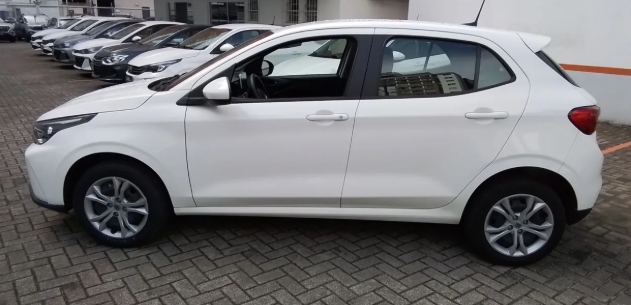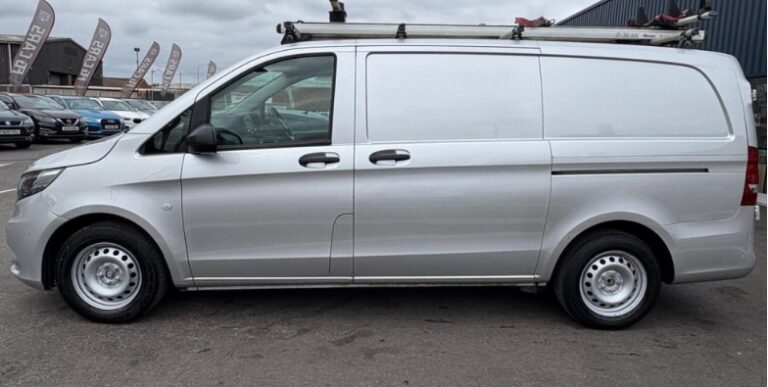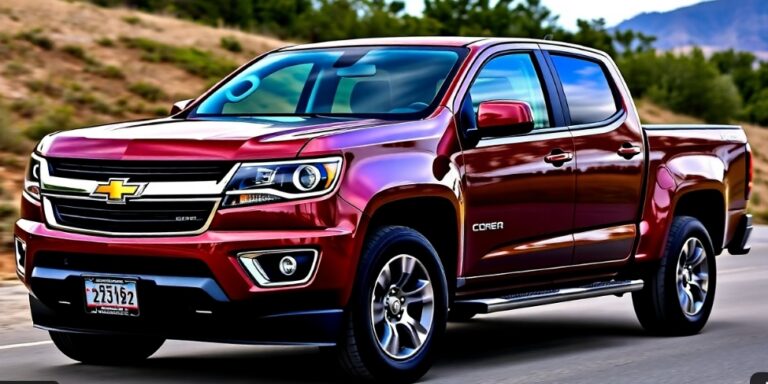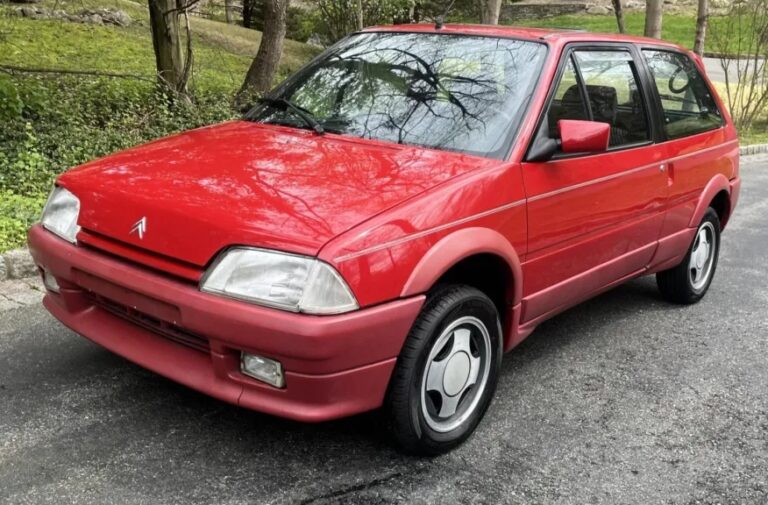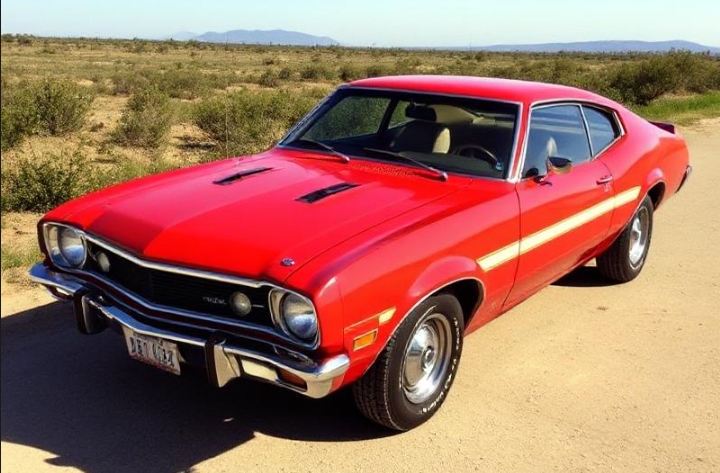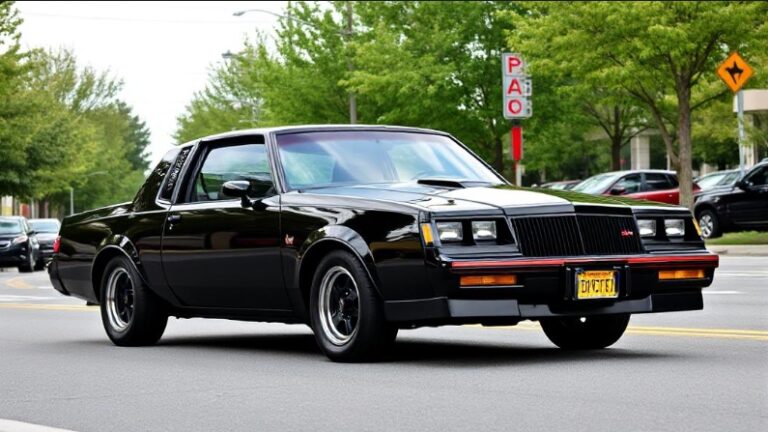Fiat Argo: The Evolution of a South American Champion
In the fiercely competitive landscape of the global automotive industry, few markets are as crucial and dynamic as Latin America. For decades, Fiat has been a dominant force in this region, particularly in Brazil, with legendary models like the Uno and Palio becoming woven into the very fabric of daily life. However, by the mid-2010s, the brand’s stalwarts, the aging Punto and Palio, were losing ground to more modern, tech-savvy rivals. Fiat needed a renaissance, a vehicle that could not only replace two icons but also redefine the brand’s image for a new generation. The answer, born from “Project X6H,” arrived in May 2017: the Fiat Argo. This is the story of its evolution, from a bold newcomer to a seasoned market leader.
The Genesis: A New Platform for a New Era (2017-2018)
The development of the Argo was a monumental undertaking for Fiat Chrysler Automobiles (FCA), representing a significant investment in a brand-new platform. Dubbed the MP1 (Modular Platform 1), this new architecture was engineered to deliver superior structural rigidity, improved safety, and a more refined driving experience compared to its predecessors. It was a clean break from the past, designed to underpin a new family of vehicles, with the Argo hatchback leading the charge.
Launched in Brazil in May 2017, the Argo immediately made a strong impression. Its design, penned at the Latam Design Center, was a blend of European sophistication and Latin American flair. With sculpted lines, a muscular stance, and a distinctive front fascia featuring elongated headlights that flowed into the grille, it looked modern and aspirational. Inside, the cabin was a revelation compared to the outgoing models. A “floating” infotainment screen, a sporty steering wheel, and higher-quality materials signaled Fiat’s intent to compete on technology and perceived quality.
The initial model lineup for the 2017-2018 model years was strategically structured to cover a wide swathe of the market, from entry-level efficiency to sporty enthusiasm.
Argo Drive 1.0 Firefly: The entry point to the range. It was powered by Fiat’s new-generation 1.0-liter, three-cylinder Firefly engine, producing around 77 horsepower on ethanol. Mated exclusively to a five-speed manual transmission, this model was focused on fuel economy and urban usability.
Argo Drive 1.3 Firefly: This trim offered a significant step up in performance with the larger 1.3-liter, four-cylinder Firefly engine, delivering a healthier 109 horsepower. It was available with the standard five-speed manual or Fiat’s five-speed
GSR (Gear Smart Ride) automated manual transmission, which offered clutchless shifting for added convenience in city traffic.
Argo Precision 1.8 E.torQ: Aimed at customers seeking more power and features, the Precision trim utilized the well-known but older 1.8-liter 16-valve E.torQ engine. This powertrain, a legacy of a previous Chrysler partnership, produced up to 139 horsepower. It could be paired with a five-speed manual or a more traditional six-speed Aisin automatic transmission, a far smoother option than the GSR.
Argo HGT 1.8 E.torQ: The flagship of the launch range, the HGT (High GT) was the Argo’s sporty variant. It used the same 1.8-liter engine but was differentiated by a host of aesthetic and mechanical enhancements. These included exclusive 17-inch alloy wheels, a more aggressive body kit with red accents, a chrome-tipped exhaust, unique interior trim, and a specially tuned suspension for a firmer, more engaging ride. Like the Precision, it was offered with both manual and six-speed automatic transmissions.
An exclusive “Opening Edition Mopar” limited series, based on the HGT Automatic, was also offered at launch, featuring unique blue paint, a black roof, and Mopar accessories.
Expansion and Refinement: Finding New Niches (2019-2021)
With the core lineup established, Fiat began to expand the Argo family, introducing new versions and packages to broaden its appeal and respond to market trends. The most significant of these was the rise of the crossover aesthetic.
The Arrival of the Trekking (2019): In 2019, Fiat astutely tapped into the market’s growing appetite for SUVs and crossovers by launching the Argo Trekking. This wasn’t a true off-roader but a ruggedly styled version of the hatchback. The Trekking featured a raised suspension (providing a best-in-class ground clearance of 210mm), chunkier Pirelli Scorpion ATR mixed-use tires, a distinctive black roof, roof rails, and protective body cladding. The grille received a unique blacked-out treatment, and the interior featured special fabric with orange stitching. Initially launched with the 1.3-liter Firefly engine and a five-speed manual transmission, it perfectly blended the practicality of a hatchback with the adventurous image consumers desired. Its robust suspension also made it particularly well-suited to the often-challenging road conditions in the region.
S-Design Package and Other Updates: During this period, Fiat also introduced the S-Design appearance package. Available initially on the Drive 1.0 and 1.3 models, this package offered a sportier, more “European” look without the cost of the HGT. It included darkened logos, bronze-finished accents, gloss black mirror caps and spoiler, and exclusive alloy wheels. The interior received an all-black headliner and special trim details.
Mechanically, the lineup saw minor but important changes. The somewhat jerky and often criticized GSR automated manual transmission was phased out, with Fiat focusing on the smoother conventional automatic and the more engaging manual gearboxes. The popularity of the Argo Trekking led to the later addition of a 1.8-liter E.torQ engine option paired with the six-speed automatic transmission, creating a more powerful version of the crossover-inspired model.
By 2021, the Argo lineup had solidified, offering a clear choice for nearly every buyer in the segment: the economical Drive 1.0, the well-balanced Drive 1.3, the rugged Trekking 1.3 and 1.8, and the sporty HGT 1.8.
The Mid-Cycle Refresh: Modernization and Consolidation (2022-Present)
To keep the Argo competitive against new and updated rivals, Fiat introduced a mid-cycle facelift for the 2023 model year (first appearing in late 2022). The changes were subtle but effective, focusing on modernizing the vehicle’s identity and streamlining its powertrain offerings.
The most noticeable exterior change was at the front. The Argo received a newly designed front bumper and a slightly revised grille that now incorporated the new “FIAT” script logo, replacing the traditional red roundel. This brought the Argo’s visual identity in line with newer Fiat models like the Pulse and Strada. Inside, the most significant update was a new steering wheel, also featuring the FIAT script, borrowed from the Pulse SUV.
The bigger story, however, was under the hood. Stricter emissions regulations in Brazil (Proconve L7) spelled the end for the veteran 1.8-liter E.torQ engine. Its departure meant the retirement of the high-performance Precision and HGT trims, marking the end of the Argo’s first chapter.
In its place, Fiat introduced a new powertrain combination that prioritized efficiency and modern comfort: the 1.3-liter Firefly engine paired with a Continuously Variable Transmission (CVT). This CVT, which simulates seven virtual gears, was engineered to provide a smooth, responsive driving experience, particularly in urban environments, while improving fuel economy.
This consolidation resulted in a more focused and logical trim structure for the 2023 model year and beyond:
Argo 1.0: A new, de-contented entry-level model positioned as the most affordable option.
Argo Drive 1.0: The mainstream model, continuing its role as the volume seller with a good balance of features and efficiency, paired with the five-speed manual.
Argo Trekking 1.3: This popular trim continued, now offered with a choice of the five-speed manual or the new CVT automatic, making the adventurous model more accessible to automatic buyers.
Argo Drive 1.3 CVT: A new trim created to be the most affordable automatic version of the Argo, combining the practicality of the Drive trim with the convenience of the new CVT.
This revised lineup demonstrated a clear shift in strategy. With the departure of the 1.8 HGT, the Argo ceded its “warm hatch” aspirations, instead doubling down on its strengths as a stylish, efficient, and now more comfortable daily driver, with the Trekking variant catering to the lifestyle-oriented market.
.
Many car aficionados have multiple hobbies, like boating as well as auto stuff. Those who don’t already own a boat (and even some that do), may have thought about building their own boats. It’s really not as hard as you’d think. Just take a look at these easy boat building plans!

.
Legacy and Enduring Success
The evolution of the Fiat Argo is a masterclass in market adaptation. It launched in 2017 as a bold, multi-faceted contender designed to fight on all fronts. Over the years, it has morphed and adapted, embracing the crossover trend with the hugely successful Trekking model, refining its visual identity, and modernizing its powertrain lineup to meet new efficiency and emissions standards.
By consistently ranking among the best-selling cars in Brazil and performing strongly across Latin America, the Fiat Argo has achieved its primary mission: it successfully replaced the Palio and Punto, revitalized Fiat’s brand image, and established itself as a benchmark in one of the world’s most demanding automotive markets. It is a testament to the power of a well-engineered platform, smart product planning, and a deep understanding of the local consumer. The Argo is not just a car; it is the modern heartbeat of Fiat in South America.
